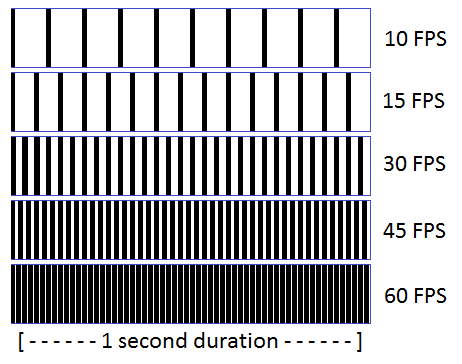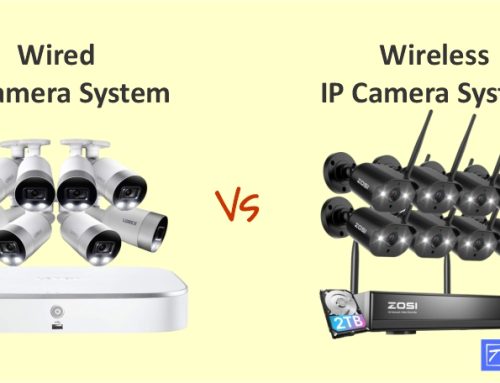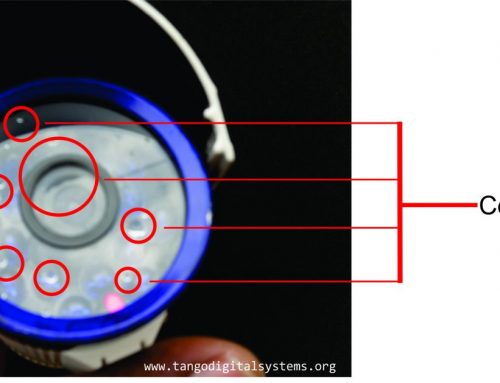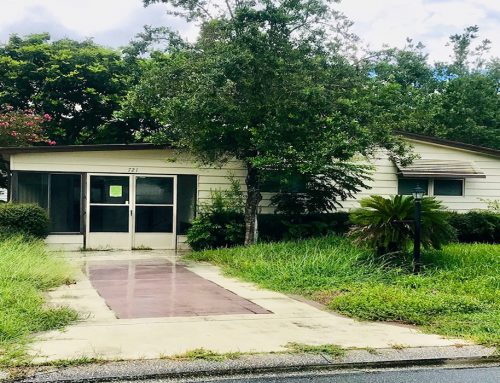What is FPS (Frames Per Second)?
One feature that is important when designing a video surveillance system is the “frame rate,” or “frame per second (fps).”
A measurement for how many unique consecutive images a camera can handle each second. Low-end digital still cameras typically have a frame rate of 1fps. Low-end digital video cameras typically have a frame rate of 30fps.
What is the Difference Between Frame Rates?
Frame per second or fps, is the simple act of measuring how many video frames the surveillance camera captures per second of video. 30 fps means the camera captured 30 frames in a single second of video; the higher the frames, the smoother the video.
Lower frame rates can result in choppy or broken movement but it is less intensive for the camera and your network, ideal for locations without fast-moving objects. If you are recording something fast like traffic, however, 30 fps would be necessary to smoothly record movement.
Frame rate also has an impact on the size of your video files. A higher frame rate of 60 fps results in more frames, so the video file will be larger. If your system has a large storage capacity and bandwidth, and you need to record extremely clear video with fast motion, increasing your frame rate may be an option.
If your storage or bandwidth is limited, a lower bandwidth of 15 fps will create smaller videos and prevent undue stress on your network. In many circumstances, a lower frame rate will still record video that is smooth while saving you space and bandwidth.
How Managing Frame Rate Can Help You
When it comes to managing your camera’s frame rate settings, there are many options to consider, including:
- Is your bandwidth limited? Videos with lower frame rates say 15 fps, are smaller so they are less intensive to upload and view in real-time
- Can you set up multiple video streams? If so, you can set remote viewing streams to lower frame rates while local viewing can stream the video with a higher frame rate
- Will you use motion detection? You can set the camera to record video with a low frame rate to reduce the impact on network bandwidth, and only use a higher frame rate when motion is detected and clear video is necessary
Most surveillance cameras and systems allow you to customize the frame per second settings, but be aware that most cameras have a maximum setting of 30 fps.







Great thing. Thanks